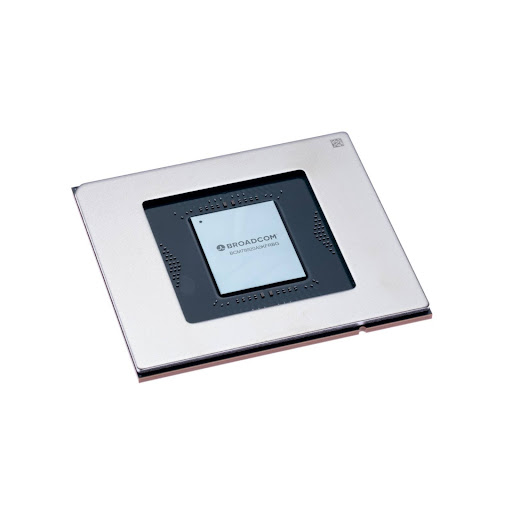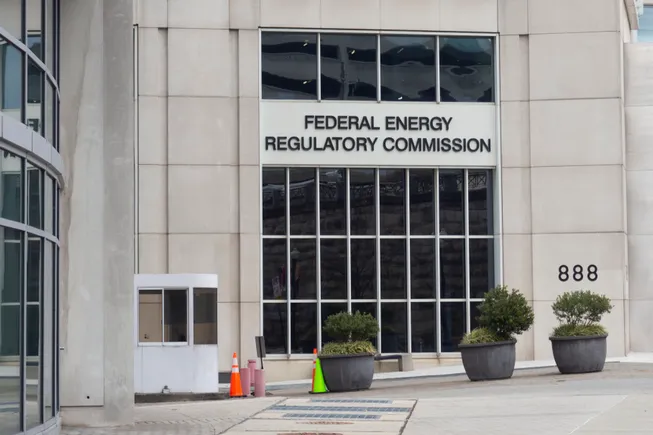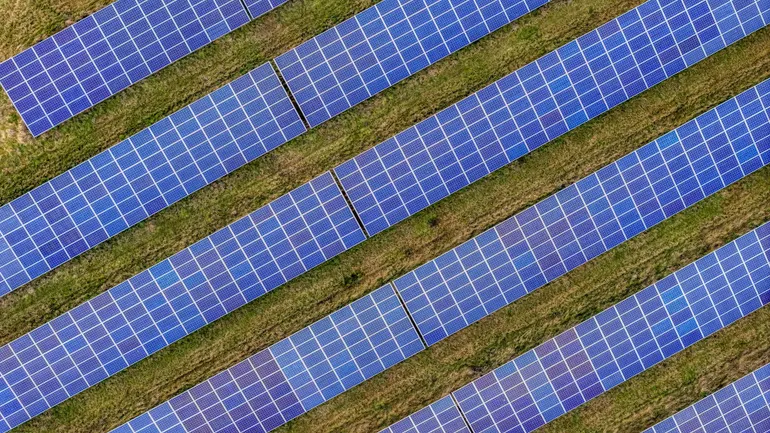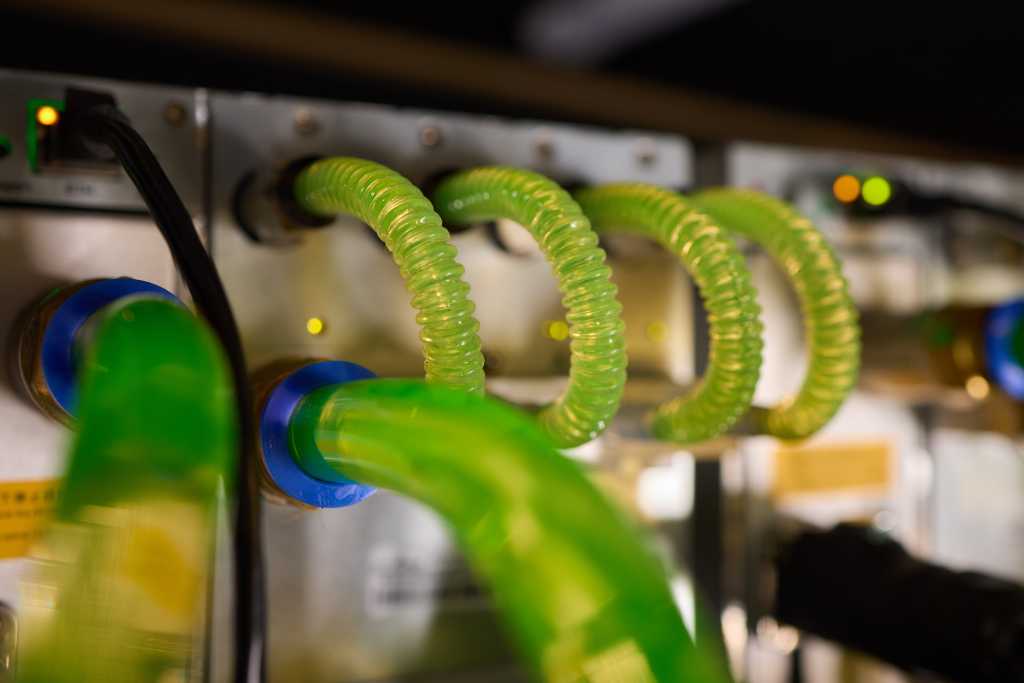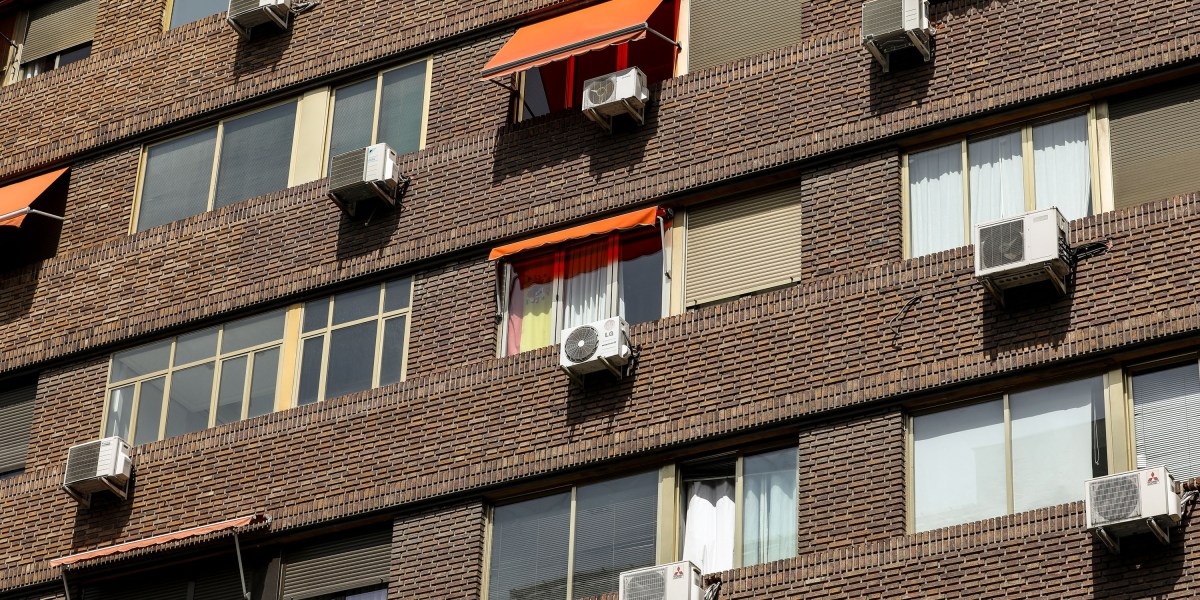
I’ll admit that I’ve rarely hesitated to point an accusing finger at air-conditioning. I’ve outlined in many stories and newsletters that AC is a significant contributor to global electricity demand, and it’s only going to suck up more power as temperatures rise.
But I’ll also be the first to admit that it can be a life-saving technology, one that may become even more necessary as climate change intensifies. And in the wake of Europe’s recent deadly heat wave, it’s been oddly villainized.
We should all be aware of the growing electricity toll of air-conditioning, but the AC hate is misplaced. Yes, AC is energy intensive, but so is heating our homes, something that’s rarely decried in the same way that cooling is. Both are tools for comfort and, more important, for safety. So why is air-conditioning cast as such a villain?
In the last days of June and the first few days of July, temperatures hit record highs across Europe. Over 2,300 deaths during that period were attributed to the heat wave, according to early research from World Weather Attribution, an academic collaboration that studies extreme weather. And human-caused climate change accounted for 1,500 of the deaths, the researchers found. (That is, the number of fatalities would have been under 800 if not for higher temperatures because of climate change.)
We won’t have the official death toll for months, but these early figures show just how deadly heat waves can be. Europe is especially vulnerable, because in many countries, particularly in the northern part of the continent, air-conditioning is not common.
Popping on a fan, drawing the shades, or opening the windows on the hottest days used to cut it in many European countries. Not anymore. The UK was 1.24 °C (2.23 °F) warmer over the past decade than it was between 1961 and 1990, according to the Met Office, the UK’s national climate and weather service. One recent study found that homes across the country are uncomfortably or dangerously warm much more frequently than they used to be.
The reality is, some parts of the world are seeing an upward shift in temperatures that’s not just uncomfortable but dangerous. As a result, air-conditioning usage is going up all over the world, including in countries with historically low rates.
The reaction to this long-term trend, especially in the face of the recent heat wave, has been apoplectic. People are decrying AC across social media and opinion pages, arguing that we need to suck it up and deal with being a little bit uncomfortable.
Now, let me preface this by saying that I do live in the US, where roughly 90% of homes are cooled with air-conditioning today. So perhaps I am a little biased in favor of AC. But it baffles me when people talk about air-conditioning this way.
I spent a good amount of my childhood in the southeastern US, where it’s very obvious that heat can be dangerous. I was used to many days where temperatures were well above 90 °F (32 °C), and the humidity was so high your clothes would stick to you as soon as you stepped outdoors.
For some people, being active or working in those conditions can lead to heatstroke. Prolonged exposure, even if it’s not immediately harmful, can lead to heart and kidney problems. Older people, children, and those with chronic conditions can be more vulnerable.
In other words, air-conditioning is more than a convenience; in certain conditions, it’s a safety measure. That should be an easy enough concept to grasp. After all, in many parts of the world we expect access to heating in the name of safety. Nobody wants to freeze to death.
And it’s important to clarify here that while air-conditioning does use a lot of electricity in the US, heating actually has a higher energy footprint.
In the US, about 19% of residential electricity use goes to air-conditioning. That sounds like a lot, and it’s significantly more than the 12% of electricity that goes to space heating. However, we need to zoom out to get the full picture, because electricity makes up only part of a home’s total energy demand. A lot of homes in the US use natural gas for heating—that’s not counted in the electricity being used, but it’s certainly part of the home’s total energy use.
When we look at the total, space heating accounts for a full 42% of residential energy consumption in the US, while air conditioning accounts for only 9%.
I’m not letting AC off the hook entirely here. There’s obviously a difference between running air-conditioning (or other, less energy-intensive technologies) when needed to stay safe and blasting systems at max capacity because you prefer it chilly. And there’s a lot of grid planning we’ll need to do to make sure we can handle the expected influx of air-conditioning around the globe.
But the world is changing, and temperatures are rising. If you’re looking for a villain, look beyond the air conditioner and into the atmosphere.
This article is from The Spark, MIT Technology Review’s weekly climate newsletter. To receive it in your inbox every Wednesday, sign up here.


